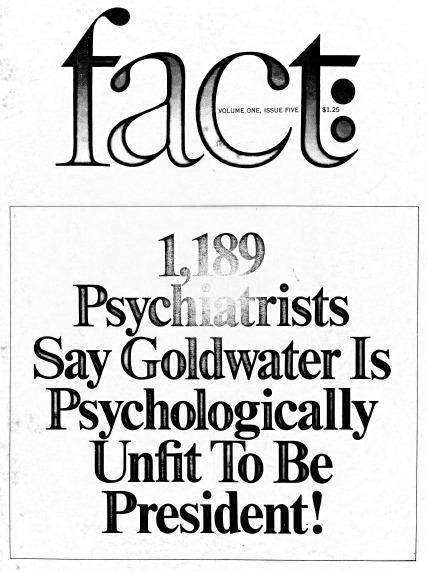We wanted to share this piece from NCDD member, Beth Tener, on the New Directions Collaborative blog about her recent experience at a workshop she ran on The Art of Strategic Questioning and the insights she took away about the power of framing questions. Tener notes how much more powerful questions can become when they are co-developed by a diverse group of people in order to test the assumptions on how a question is framed and consequently open up the creative possibilities. We encourage you to read Tener’s article below or find the original on the New Directions Collaborative blog here.
Questioning to Question Our Assumptions
 Asking powerful questions can spark people’s intrinsic motivation to learn, contribute, and create positive change. They also allow organizations and networks to tap and synthesize the knowledge, experience, and perspectives of many people in a system, organization, or community. Today I taught a workshop called The Art of Strategic Questioning, with a group of about 30 people who do facilitation, sponsored by New Hampshire Listens, a civic engagement initiative of the Carsey School of Public Policy at UNH. We explored the art of framing questions that open up possibilities and help a group find its way to a joint vision and/or action steps.
Asking powerful questions can spark people’s intrinsic motivation to learn, contribute, and create positive change. They also allow organizations and networks to tap and synthesize the knowledge, experience, and perspectives of many people in a system, organization, or community. Today I taught a workshop called The Art of Strategic Questioning, with a group of about 30 people who do facilitation, sponsored by New Hampshire Listens, a civic engagement initiative of the Carsey School of Public Policy at UNH. We explored the art of framing questions that open up possibilities and help a group find its way to a joint vision and/or action steps.
Good questions are framed in a way that is truly open, meaning they don’t lead to a yes/no answer or contain or suggest a solution. Examples of open questions are, “what is an important conversation we are not having?” or “what gifts and assets can be better utilized and connected?” We practiced creating questions for one another’s current challenges and noticing what makes a question powerful. Here are some insights that emerged:
In the introductions, I asked people to share their name, organization, and a question they were sitting with. A wide range of interesting questions were shared and about halfway through, I asked people to notice how they felt hearing others’ questions. They said they were drawn in, curious, and wanted to talk further and hear more. Acknowledging our questions, what has us thinking, and where we are curious or don’t know naturally stirs human interest and puts us on a more equal footing.
A participant mentioned the need to be aware of her assumptions. This is hard to do on your own. The time spent talking and practicing questions revealed that the way to really see our own assumptions, beliefs, and blind spots is through the process of conversation. Being asked questions by people who have other perspectives sheds light on where our viewpoint or thinking is limited.
Through the course of the workshop, people noticed how their own assumptions affected how they framed the question. For example, we can frame a question as “will option A or B be a better way to go?” or we can open it up to ask “what course of action will help me achieve my intention; option A, B or some other option I can’t see yet?”
As a way to practice using good questions in meeting design, we practiced the 1-2-4-All exercise, a great alternative to traditional brainstorming. People answered this question:
What question could be most powerful for us to take into our communities at this time?
Participants wrote their ideas first and then shared in a pair. One of the participants wrote this question first:
What happens if the current versions of our social safety nets fail?
When he paired up to talk with another participant, the reaction he got was, “wow, that’s a downer of a question that would be hard to get people to engage with.” They both recognized that was true. His professional training as a software engineer had him trained to look for problems and what might fail. This is a valuable skill and way of thinking for some situations; however, in a context of engaging a group and community in a conversation, this question needed some work. Together, they came up with a reframed version:
What would our community look like if it didn’t matter if our safety nets failed?
A more powerful question, indeed. When the original pair joined another pair of people to talk, the other participants immediately began envisioning what that community would feel and look like. This is a sign of a good question – it unleashes a sense of potential and possibility, it draws us in, and sparks our intrinsic motivation to engage and contribute.
This story also illustrates how coming up with a powerful question is best done in conversation with a group. This allows us to can better see our own assumptions and get insights from various perspectives. This is why it is so valuable to have a design team work together well ahead of a meeting to “set the table” for a good meeting. The team can design the agenda and get clear on the appropriate questions and how to word them most powerfully. Diversity on a design team is key to discern the most appropriate question(s); diversity in a meeting or gathering is key to discern the best answers.”
When we ask questions we don’t know the answers to and trust the unknown and the wisdom of the group, new insights and possibilities can emerge. This quote from Ria Baeck and Helen Titchen Beeth sums this up beautifully:
“Emergence is the manifestation of the truly new that has never existed before, where new connections are made that create a new whole. It requires a degree of chaos, where the structuring comes not from manmade attempts at control, but from holding a strong energetic container for the necessary chaos, while staying with the guiding question and the intent that the emergence is invited to serve.”
You can find the original version of this New Directions Collaborative blog article at www.ndcollaborative.com/question-assumptions/







